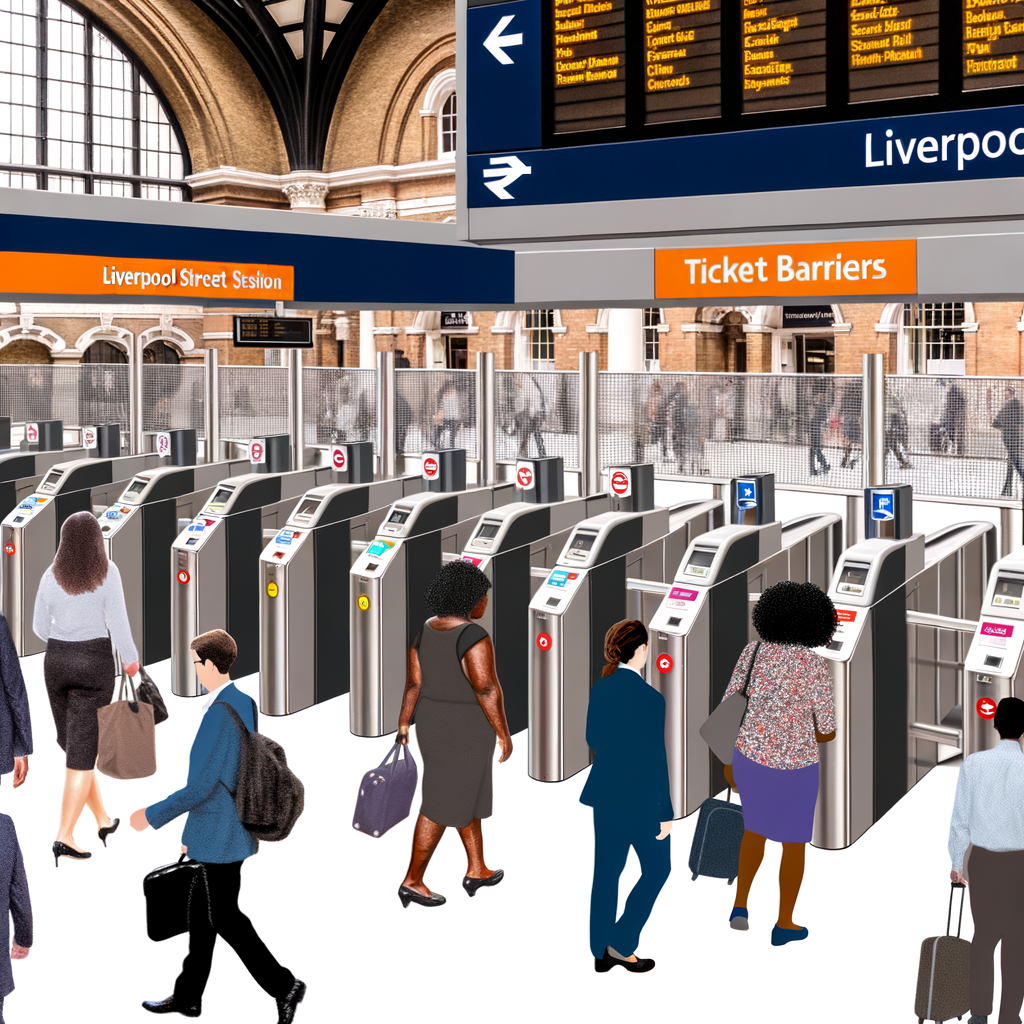“`html
Bud Light Drops to Third in US Amid Mulvaney Boycott
Bud Light, a household name in the American beer industry, has recently faced a downturn that has surprised both consumers and market analysts alike. Once reigning supreme as the leading beer in the United States, Bud Light has now fallen to the third place following a significant decline attributed to the Dylan Mulvaney boycott.
The Controversy: Dylan Mulvaney Boycott
The boycott began as a result of Bud Light’s association with social media influencer Dylan Mulvaney. It’s worth noting that Mulvaney’s audience is vast and varied, making the partnership seem like a strategic move to connect with a younger demographic. However, this collaboration did not sit well with a portion of the brand’s traditional consumer base, sparking a widespread boycott.
Reactions from Consumers
- Traditional consumers felt alienated by the brand’s pivot.
- A large segment of Bud Light’s loyal drinkers switched to other beers.
- Social media campaigns against Bud Light saw significant traction.
As a result, the brand faced a sharp decline in sales, which was exacerbated by the virality of the boycott. Social media platforms played a critical role in spreading negative sentiment, leading to a domino effect that impacted the brand’s standing in the US beer market.
The Impact on Bud Light’s Market Position
Prior to the boycott, Bud Light had consistently maintained its position as America’s best-selling beer. However, the repercussions of the boycott were immediate and severe. Bud Light’s sales dropped so substantially that it was overtaken by two other brands, pushing it down to the third position.
Competing Brands
- Brand A: Known for its classic appeal and strong advertising campaigns, this beer capitalized on Bud Light’s decline.
- Brand B: An emerging favorite among younger demographics, it quickly rose in popularity amidst the controversy.
The rise of these competitors signifies a shift in consumer preferences as well as the immense impact that social media and public sentiment can have on market dynamics. The situation raises important questions for brands about balancing new partnerships and maintaining their core audience.
Anheuser-Busch’s Response
Anheuser-Busch, Bud Light’s parent company, has attempted to address the situation with a combination of damage control strategies, from public statements to marketing pivots. However, it appears that these efforts have yet to yield the desired outcomes.
Damage Control Measures
- Public Apologies: Addressing the concerns of their traditional audience.
- Marketing Shifts: Focusing on advertisements highlighting Bud Light’s long-standing heritage and quality.
- Strategic Partnerships: Collaborating with other influencers to balance the brand’s representation.
While these measures indicate a proactive approach, it remains to be seen whether they will successfully restore Bud Light’s standing in the US beer market. The situation underscores the challenges faced by established brands in the digital age, where consumer sentiment can change rapidly and has a profound impact on business outcomes.
Future Prospects for Bud Light
The path forward for Bud Light is fraught with challenges yet not devoid of opportunities. By carefully analyzing the fallout from the Dylan Mulvaney boycott, the brand can strategically pivot to regain trust and market share.
Potential Strategies for Recovery
- Rebuilding Brand Loyalty: Engaging directly with the core consumer base through promotions, loyalty programs, and community events.
- Reinforcing Quality and Heritage: Emphasizing the brand’s history and commitment to quality in future marketing campaigns.
- Bridging Generational Gaps: Developing campaigns that resonate across different age groups, maintaining relevance among both younger and older demographics.
By adopting a multifaceted approach, Bud Light can work towards not only recovering its lost market position but also adapting to the evolving consumer landscape. Staying attuned to consumer sentiment and balancing innovative partnerships with core brand values will be crucial in navigating this challenging period.
Conclusion
The fall of Bud Light to the third position in the US beer market amid the Dylan Mulvaney boycott serves as a potent reminder of the power of consumer sentiment and the rapid impact it can have on even the most established brands. As Bud Light navigates this period of transition, its strategies and adaptability will serve as a case study for brands worldwide facing similar challenges.
“`



